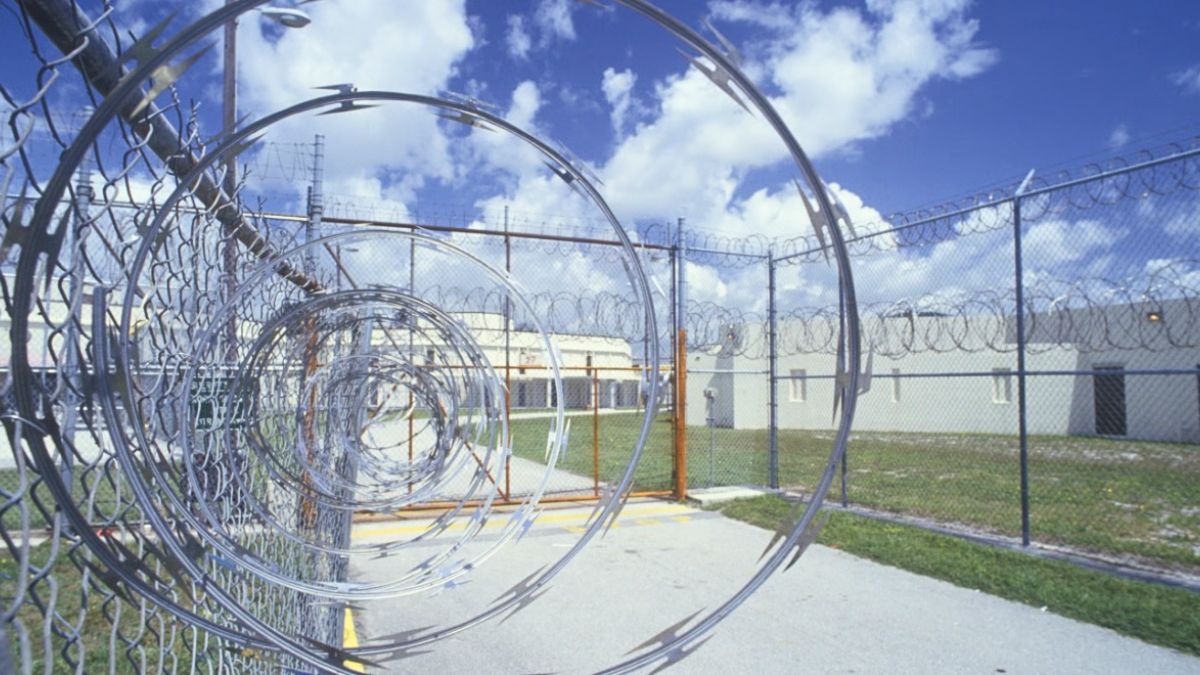Did you know that the internet you use might soon come directly from space? That’s exactly what Starlink, a project by Elon Musk’s company SpaceX, is working on. Instead of relying on underground cables like regular internet, Starlink sends data to and from satellites orbiting Earth. Right now, they’re building a new set of third-generation satellites—and they’re expected to be much faster, smoother, and more reliable than anything before.
Let’s break it all down and see why this matters for you.
What Is Starlink
Starlink is a satellite internet system created by SpaceX. Its goal? To bring high-speed internet to even the most remote corners of the world. Whether you live in the city, a small town, or the middle of nowhere, Starlink wants to keep you connected.
Currently, it’s working well, with over 7,800 satellites already up in space and around 6 million users worldwide. In the U.S., people using Starlink usually get about 200 Mbps download speeds, which is more than enough for streaming, gaming, or working online.
New Satellites
Starlink’s next big move is launching a new generation of satellites—third-generation ones. These are designed to be faster and more powerful. The speed? They can deliver data at over 1 terabit per second, and upload speeds can exceed 200 gigabits per second.
Even if those numbers don’t mean much to you, just think of it this way: less buffering, quicker downloads, and smoother gameplay. The aim is to reduce lag time, or latency, down to 20 milliseconds. That’s super useful for things like video calls and online gaming.
Launch Plans
To get these new satellites into orbit, SpaceX plans to use their giant rocket called Starship. It’s still being tested, and yes, a few of those test launches ended in explosions. So for now, they’re using their current rocket, Falcon 9.
The idea is that Starship can carry way more satellites per launch, which saves money and speeds up the whole process. If all goes well, we could start seeing these new satellites launched by 2026.
Other Players
Starlink isn’t the only one playing the space internet game. Amazon is also working on something called Project Kuiper. Their goal is the same: bring reliable internet to places that don’t have great service—especially rural or remote areas. With more companies jumping in, competition could push prices down and make satellite internet even better for everyone.
Why It Matters
Even if you’re not a tech expert, this new tech affects you. These satellites mean better internet for everyone. That includes:
- People living in areas with bad or no internet
- Families relying on Zoom calls and video classes
- Gamers who hate lag
- Streamers who want to watch in 4K without buffering
And the best part? This internet works even if you’re off the grid—literally. No cables, no waiting for installation. Just a satellite dish and sky access.
What’s Next
In a couple of years, the way we connect to the internet might change completely. Starlink’s third-generation satellites are bringing us closer to a future where fast, stable internet doesn’t depend on where you live.
So, whether you’re working remotely, binge-watching your favorite shows, or just trying to get a decent signal, this leap in technology is something to get excited about. Space-based internet is no longer science fiction—it’s happening right now.
FAQs
What is Starlink?
Starlink is SpaceX’s satellite internet project for global coverage.
How fast are the new Starlink satellites?
They can reach over 1 Tbps download and 200 Gbps upload speeds.
When will Starship launch the new satellites?
By 2026, if tests go well. Falcon 9 is used for now.
What is Project Kuiper?
Amazon’s satellite internet plan to compete with Starlink.
Who benefits from Starlink?
Anyone needing fast, reliable internet—especially in rural areas.
























